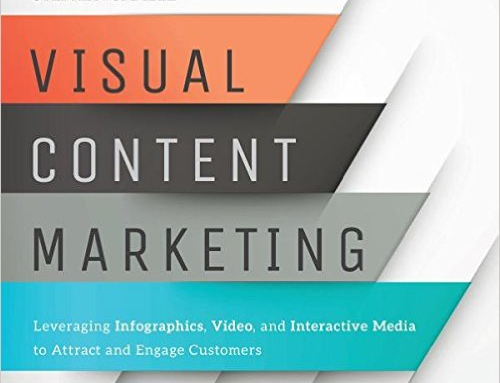We are hard-wired to lean on our sense of vision as our default setting and this is very much evident in the way we communicate. As the saying goes, pictures speak a thousand words. And in the world of business, the art of utilising this fact has been practised since time immemorial.
That’s why it’s no surprise that visual communication in marketing has long flourished in the world of B2C. And in an age where proliferation of new media has exponentially and blisteringly improved the way people get introduced to, digest and accept visuals, it’s not unusual for us to wonder if the same thing is also true for B2B. So, here are 5 reasons that stress how visuals in B2B marketing are as relevant as those in B2C:
- Visuals give an advantage in conveying ideas and messages regardless of the subject. The ability to speak and engage with your market is something that is truly prized in the world of business and every means necessary are taken to enhance the relationship that is formed. And in B2B, this can be a key aspect in giving your brand a visual language that would help set you apart from the rest of the pack.
- More and more B2B companies are investing on visuals to build up their brand. B2B products are usually more formal, complex and/or sophisticated and many examples involve technological solutions and advancements. Marketing them will always include the presence of cold hard data that is why it is only natural for people to argue that visuals won’t work as well in B2B. But on the contrary, B2B markets still need the presence of great stories/content and visuals accompanying those stories would always prove useful at enhancing them. In the aspect of industrial design of B2B products for example, companies are investing in a particular “look” because well-designed packages or casings differentiate your product and build equity for your brand.
- Accepting the difference between B2B and B2C makes your visuals more relevant. By doing so, you will have more empathy towards the type of market that you are conversing with. For example, you just can’t put a B2B advertisement on the famous Super Bowl Half-Time ad blockalong with other fantastic debuting B2C ads. Obviously, it won’t work as well as it’s supposed to. Not that you have to do that since your entire target is different to begin with. But the point is, it’s a different ballgame in the world of B2B. So you just have to address your marketing strategy accordingly. Accepting their difference would enable you to digest the bearing of visuals on both types of market.
- Media is perennially vital in marketing. The fact remains that no message in marketing exists without a vehicle or medium of some sort. And among all those kinds, visuals can deliver the most immediate (if not the best) punch of them all. The way visuals can compress several ideas into one image gives it an advantage regardless if your market is B2B or B2C. After all, even if B2B clients deal with a lot more solid data like numbers and statistics (instead of tackling emotional needs and wants), they are still people and are still receptive to visual stimuli.
- Visuals reach into nearly every aspect of your communications plan. That is how entrenched visuals are into your marketing strategy. From the onset to the last stages, you will find that visuals are essential to your campaign. B2B businesses employ a vast array of visual strategies likeinfo graphics, eDMs, videos, etc. and all of these are utilised to achieve the desired results.
Even if most people consider visuals in B2B marketing as a tad “duller” compared to their consumer counterpart, it’s safe to say that the evidence of their relevance is not lost. The difference between B2B and B2C just renders the relevance in varying degrees of shade.
by MARCO on AUGUST 5, 2010







